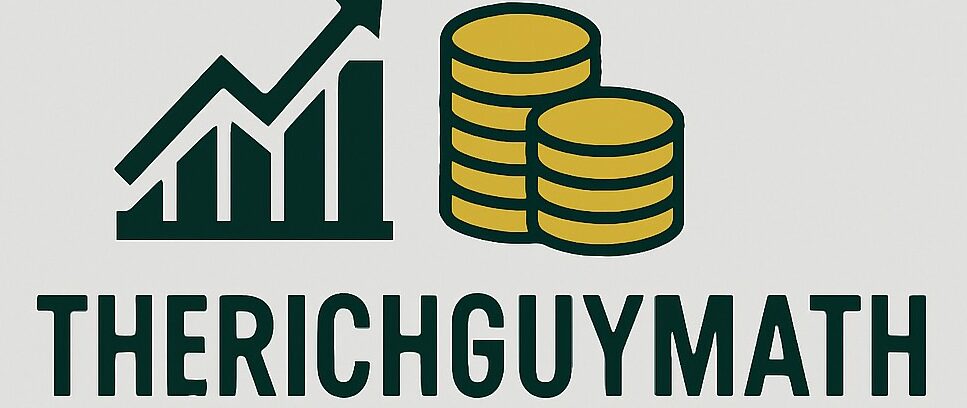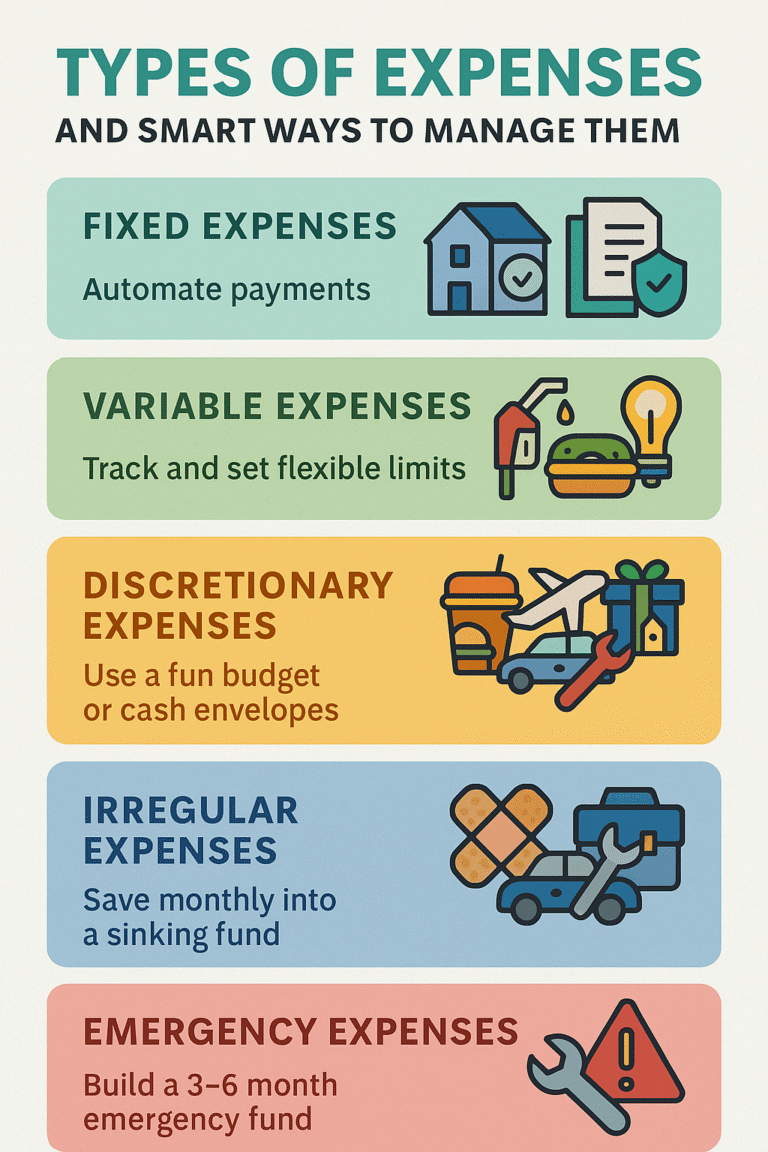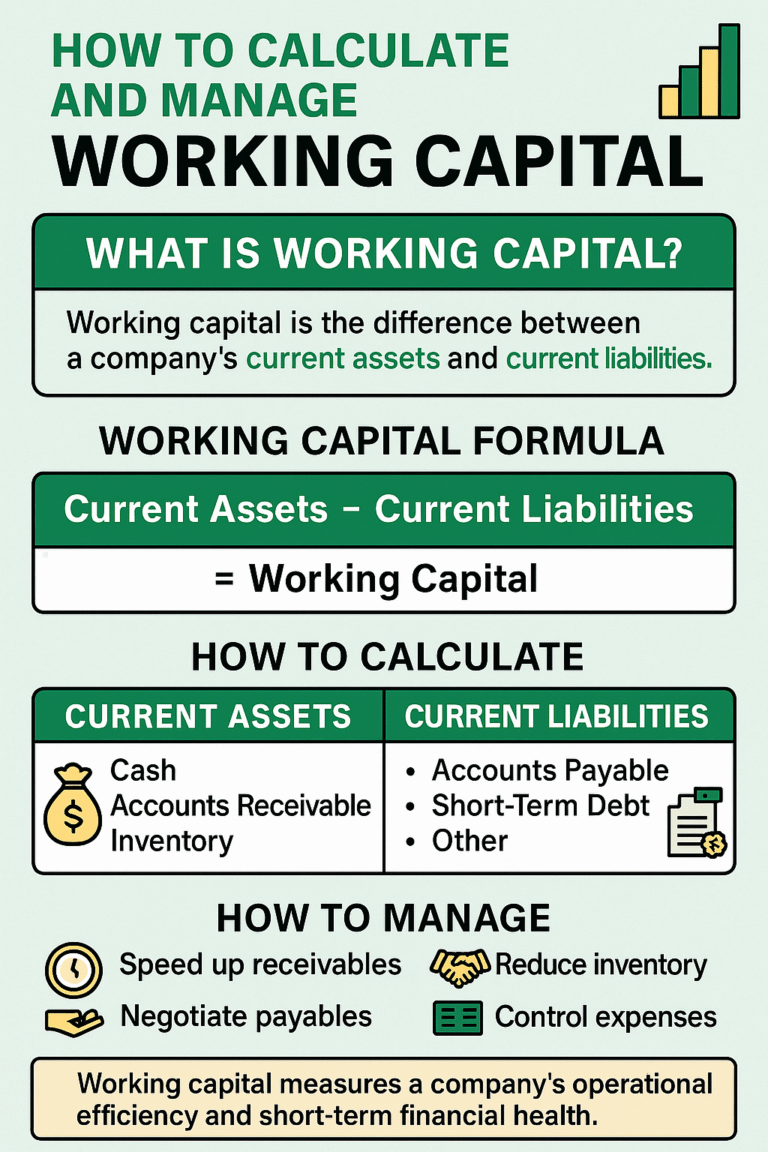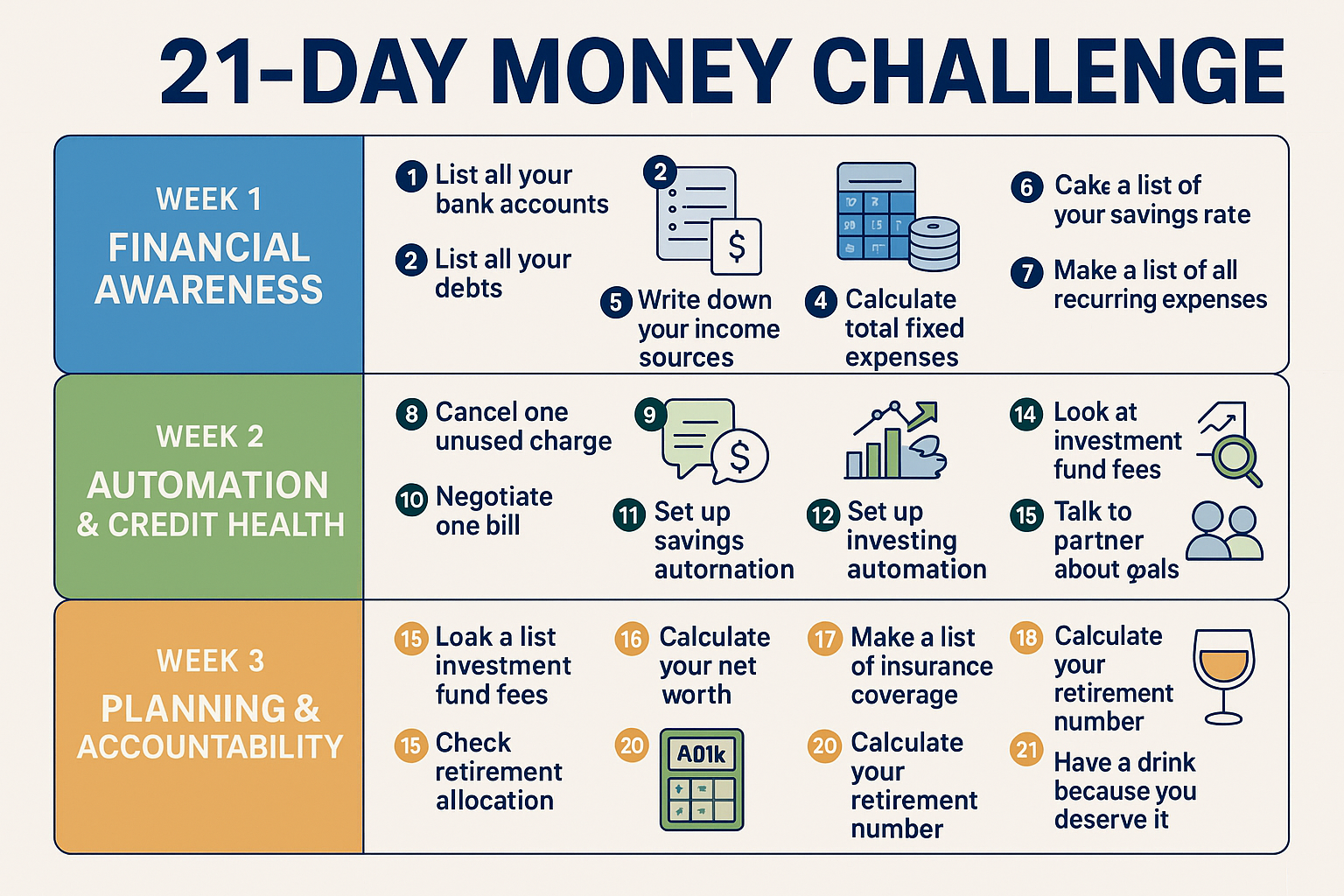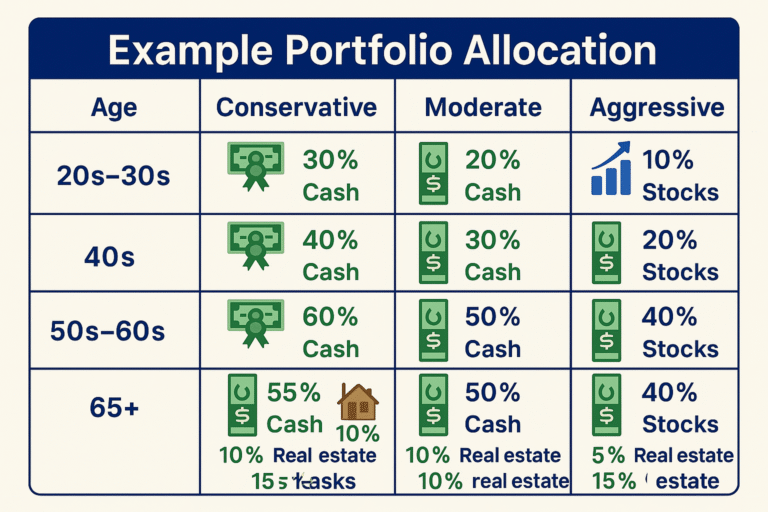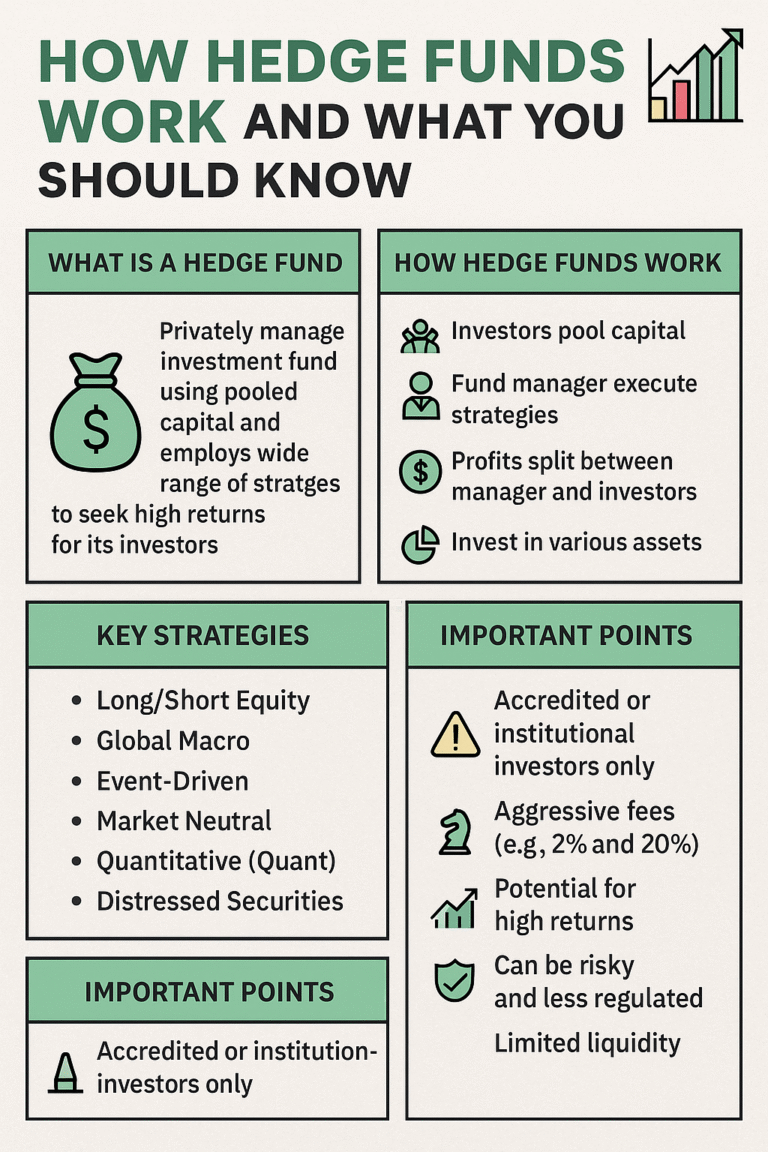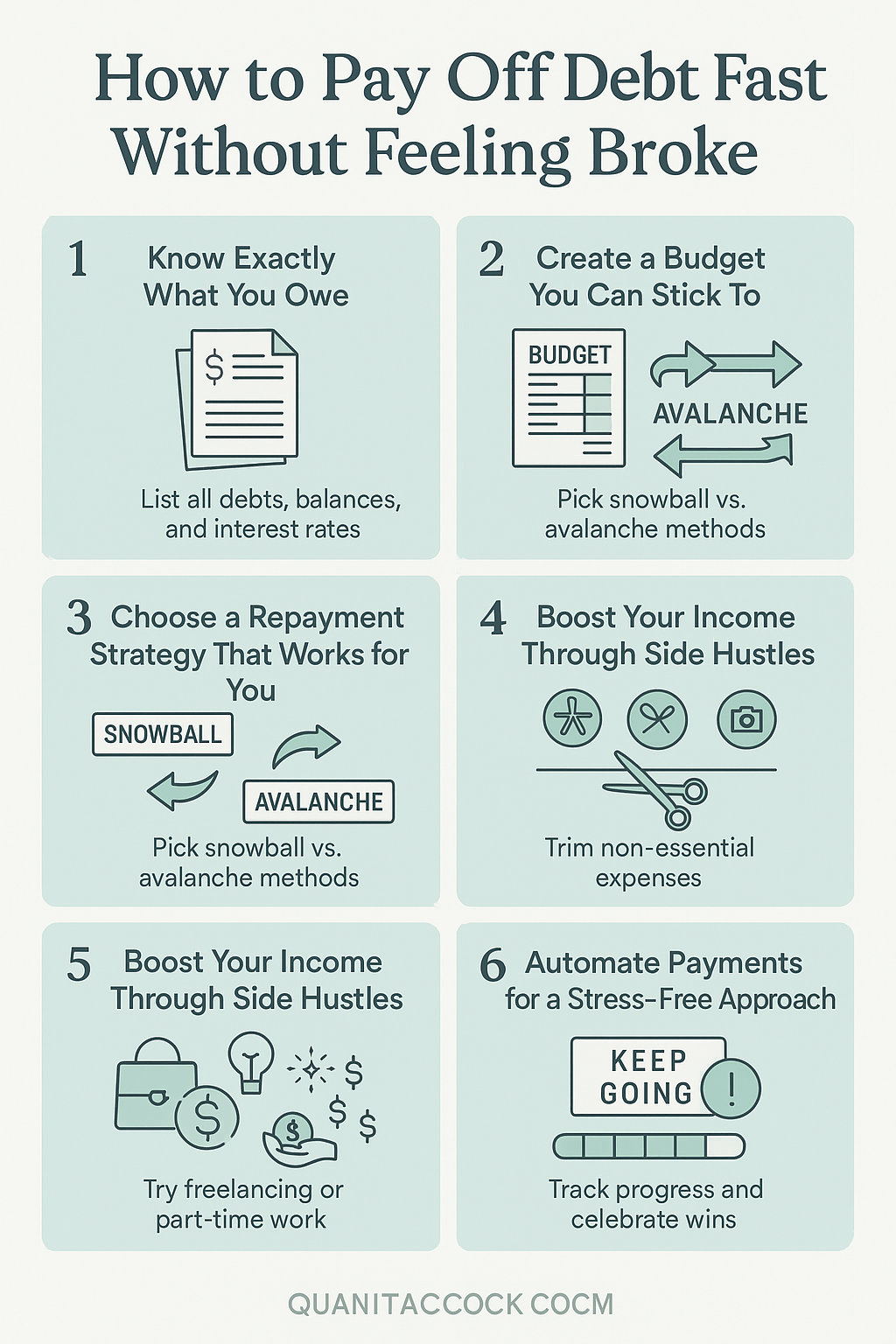Where I Invest My Money Monthly (And Why) | My Real Portfolio Strategy
Ever wondered where real investors put their money month after month? In this post, I’ll share exactly where I invest my money monthly—and more importantly, why. I break down each investment I choose, from dividend ETFs like SCHD to growth plays like QQQ, and how they fit into a strategy built for long-term success. If you’re looking for a practical and proven approach to investing, this transparent breakdown can help you start or refine your investment plan.
Where I Invest My Money Monthly
Here’s my real monthly investment breakdown:
- VOO – $100/month
S&P 500 ETF. I want consistent exposure to America’s top 500 companies. This is core to my wealth-building strategy. - SCHD – $100/month
Dividend ETF. I love passive income, and this fund gives me reliable quarterly payouts. - QQQ – $100/month
Technology-focused. I’m young and want to benefit from innovation in the long run. - JEPI – $50/month
Covered call ETF with monthly dividends. Lower volatility and steady income—perfect for cash flow. - VNQ – $50/month
Real estate ETF. I get exposure to real estate without owning physical property. - VT – $50/month
Total world stock market. I want global diversification, and VT gives me that in one fund. - VTI – $50/month
Total U.S. stock market. This complements my VOO investment by giving exposure to mid and small caps.
🔄 Total: $500/month
Why I Avoid Buying Single Stocks
One of the most important lessons I’ve learned is this: individual stocks are risky. Even great companies can suffer sudden losses due to scandals, regulation, or market shifts.
That’s why I prefer mutual funds and ETFs—they automatically diversify my investments. Instead of betting on one company like Tesla or Meta, I’m betting on entire sectors or even the whole market.
Dave Ramsey always says, “Don’t put all your eggs in one basket,” and he’s right. Mutual funds and ETFs spread out risk and help you grow consistently without the volatility that comes from single-stock investing.
Why Dave Ramsey Recommends Holding Mutual Funds for at Least 5 Years
Dave recommends sticking with mutual funds for at least five years, and I completely agree. The reason? Because the market moves in cycles. If you jump in and out too quickly, you’ll miss the recovery after a dip.
Mutual funds—and especially index funds—reward patience. You give your investment time to grow, compound, and ride out downturns. If you invest with a short-term mindset, you’re just gambling. But with a five-year outlook, you’re building real wealth.
I follow a 10+ year horizon with all my monthly investments. I’m not investing for today. I’m investing in who I want to be a decade from now.
Why Having a Monthly Investment Plan Matters
- Budgeting for wealth-building
- Avoiding lifestyle creep
- Power of consistency and compound growth
Why I Chose These Investments
- VOO & VTI – Broad, low-cost index funds for the U.S. market
- SCHD & JEPI – Dividend ETFs for cash flow
- QQQ – High-growth tech exposure
- VNQ – Real estate diversification
- VT – Exposure to international markets
My Investment Strategy
- Dollar Cost Averaging: Same amount monthly, no market timing
- Long-term focused: Minimum 10+ year outlook
- Diversified portfolio: Blend of growth, dividend, and real estate
- Reinvestment of dividends: Every dollar goes back in
Tools I Use to Manage My Investments
- Robinhood: Fractional shares, easy UI, dividend tracking
- M1 Finance (optional): Automation and pie investing
- Google Sheets: For tracking performance
My Advice for New Investors
- Start with what you can afford—even $50/month is enough
- Automate your plan so emotions don’t interfere
- Diversify across multiple sectors and asset types
- Stick to your plan through market ups and downs
Why Retirement Investing Is Non-Negotiable
One powerful takeaway from every retirement investing video I’ve watched (especially the ones Dave shares) is this: no one else is going to fund your future. Not your job. Social Security is not going to do that either. Not the government. It’s on you.
That’s why my monthly investment plan isn’t just about growth—it’s about freedom later. I want the option to retire early, travel, and live stress-free. That requires planning now.
And retirement investing doesn’t mean dumping everything into a risky stock. It means being intentional with tools like:
- Roth IRA – Tax-free withdrawals in retirement
- 401(k) – Tax-deferred growth (and employer match!)
- Brokerage accounts – For additional investing outside retirement limits
If you start young and invest monthly, retirement becomes less of a fear and more of a choice.
Final Thoughts: Invest With Purpose and Patience
Where I invest my money monthly is shaped by my goals: freedom, growth, and security. I focus on diversified funds that have stood the test of time. Stay away from hot stock tips and short-term noise. Invest with purpose.
If you’re just starting, remember this:
- You don’t need to be perfect—you just need to be consistent.
- Choose solid funds, automate your plan, and stick with it.
- And above all, invest for the long haul—your future self will thank you.
